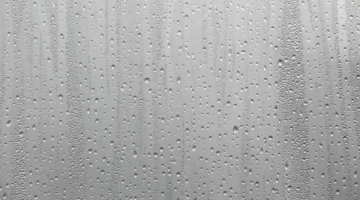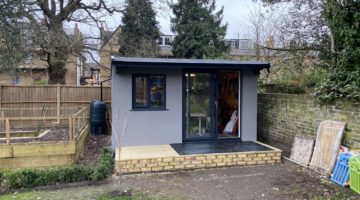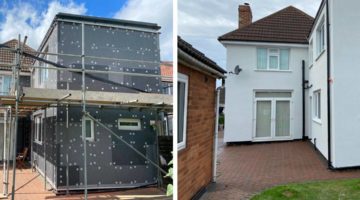
Soundproofing and insulation go together like Ant and Dec (too soon?), and while insulation is something we’ve talked about endlessly here at the GreenAge, soundproofing has only come up a few times. The fact is, though, that they go hand in hand. Insulating will almost by default help you to reduce external noise, and soundproofing will often help insulate your home. That’s why we figured it was time to investigate soundproofing with insulation.
Side note: The GreenAge offices are situated right next to a very busy road, so you’ll be happy to know that this article is brought to you by the sweet, dulcet tones of the M4. Funny how that will get you thinking about soundproofing…
Soundproofing with cavity wall insulation
Apart from being a huge waste of both funding opportunities and insulating space, an empty cavity wall is also a massive contributor to a loud house. Getting your cavity walls filled is perhaps the most straightforward and sensible way to to reduce noise through external and party walls, while also providing excellent insulation benefits.
For more information on how you might qualify for free cavity wall insulation, read up on your options here and here.
Soundproofing with external wall insulation

The open pore structure of stone wool allows sound waves to travel through fibres in the material as vibrations in trapped air molecules, eventually dissipating as heat energy. It’s ideal for reducing external noise. Meanwhile, EPS external insulation systems are better suited to blocking out higher frequency sounds, like noisy neighbours and mewling cats.
Soundproofing your windows
Double glazing
Double glazing is an excellent form of insulation, creating a sealed gap between two panes of glass which increases thermal performance and reduces thermal bridging. This gap also acts as a place in which sound waves can be absorbed.
Triple glazing is an option too, of course. Counterintuitively though, although double glazing will significantly reduce external noise from penetrating your home, the extra glass of triple glazing actually adds very little to the effect.
Secondary glazing
Despite the misconception that double glazing is the best way to soundproof windows using insulation, the best option is, in fact, secondary glazing like Ecoease. Traditional double glazing typically forms a gap of around 20mm – great for insulation, not so great for soundproofing. Secondary glazing, on the other hand, tends to be more like 100mm; the larger gap encourages better soundproofing.
The soundproofing effect is enhanced in Ecoease secondary glazing by the fact that both pieces of glass are different thicknesses. The reason for this is painfully technical and referred to ‘sympathetic resonance’, but effectively comes down to how sound waves travel through objects. Two panes of glass of the same thickness will let more sound through than two of different thickness.
Ecoease is also easily installed, even on listed properties, and costs a fraction of the price of traditional double glazing – up to 85% cheaper. You can get it here.
Think we missed something? Do you have a different opinion?
Comment below to get your voice heard…












2 comments